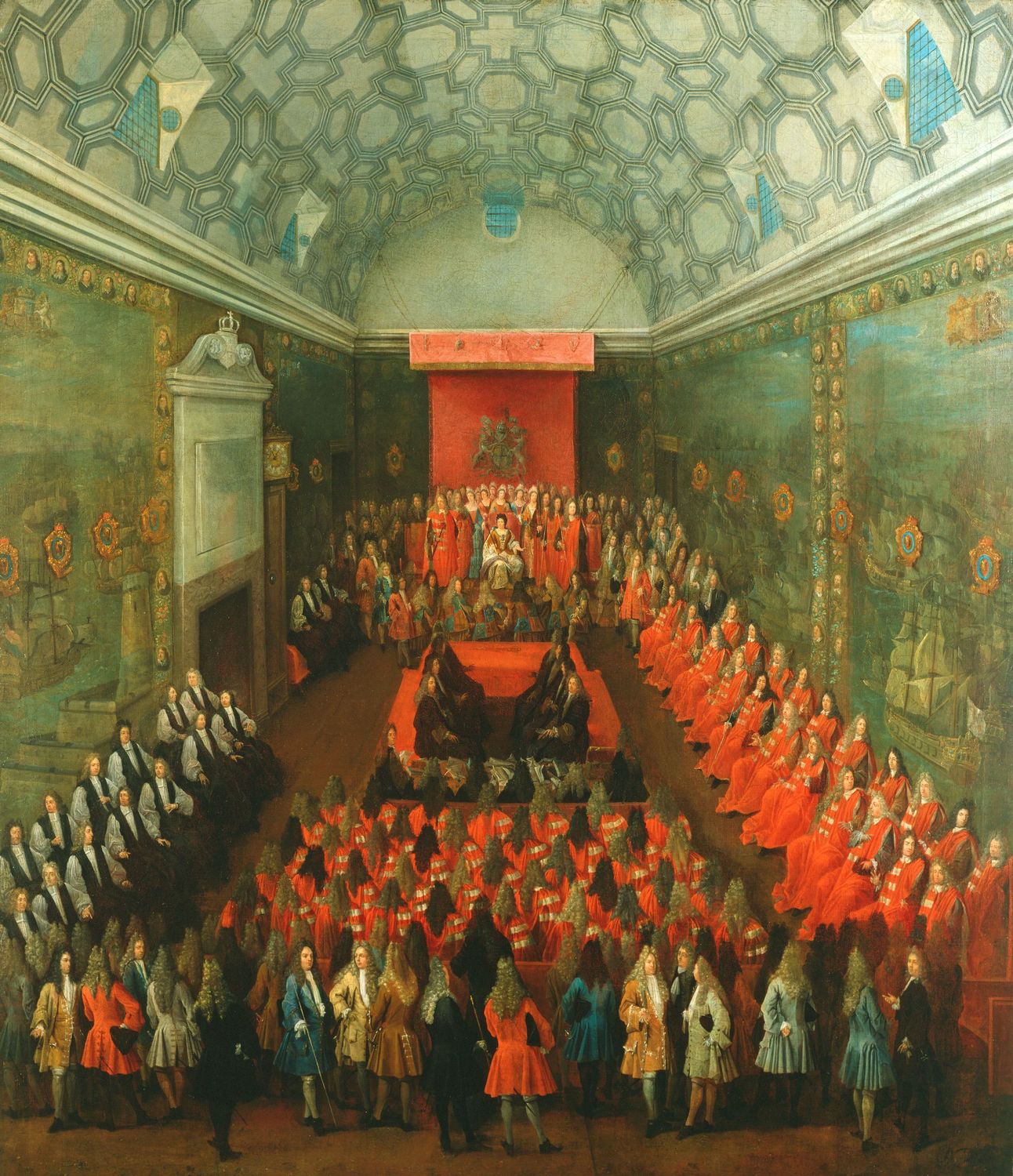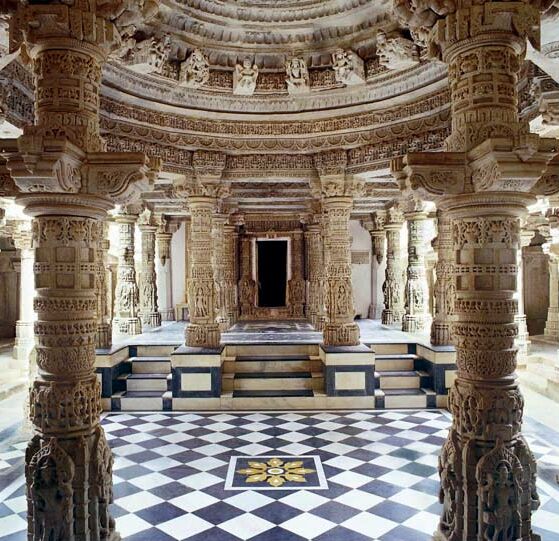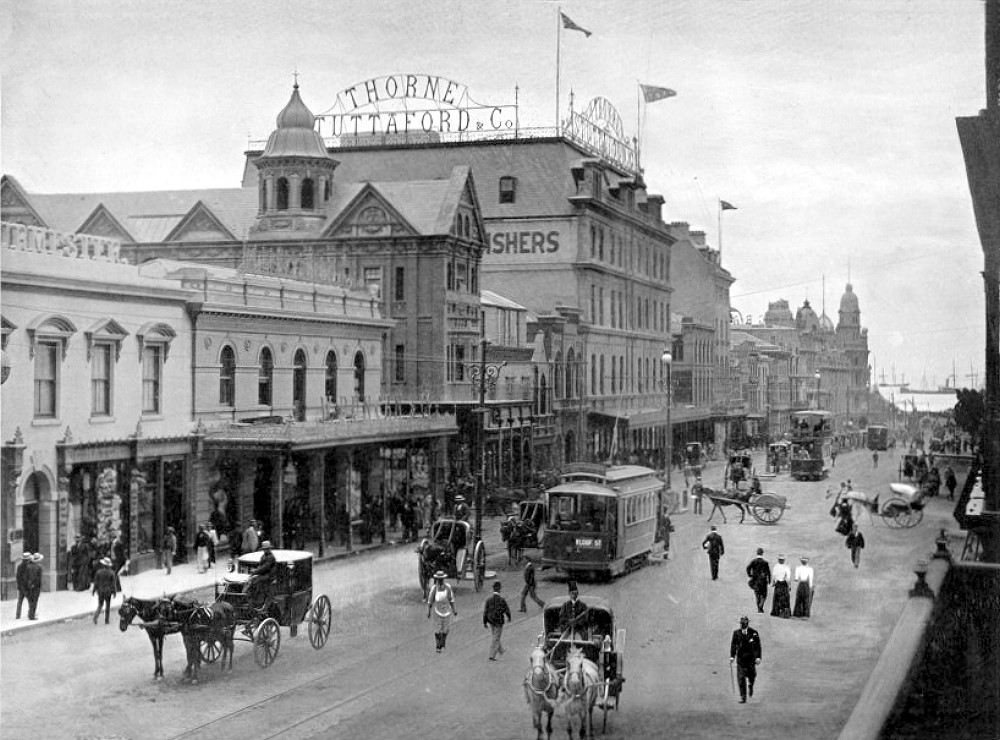|
Edward Barton Shuldham
Edward Barton Shuldham (3 July 1837 – 22 January 1924) was a British physician who eventually converted to homeopathy. He was a physician at the St. James Homeopathic Hospital, a member of the British Homeopathic Society, and an editor of ''The Homeopathic World''. Early life Shuldham was born in 1837 in Nusseerabad, Bengal, the second son to Thomas Henry Shuldham and Frances Anne Hamilton, who were married in Winchester in 1834. He had an older brother, (John) Henry Shuldham, born in 1835, before their parents moved to India, where his father was a captain in 52nd Regiment of the Bengal Native Infantry. His parents' marriage soon ended bitterly in a scandalous divorce case heard in the House of Lords, that required a commission sent to India to investigate. After his mother became sick, his father moved her and the two boys to a different climate in March 1838 in Mount Abu—a popular retreat from the heat—before returning to his base, some 15 days away. After the elder chi ... [...More Info...] [...Related Items...] OR: [Wikipedia] [Google] [Baidu] |
Homeopathy
Homeopathy or homoeopathy is a pseudoscientific system of alternative medicine. It was conceived in 1796 by the German physician Samuel Hahnemann. Its practitioners, called homeopaths, believe that a substance that causes symptoms of a disease in healthy people can cure similar symptoms in sick people; this doctrine is called '' similia similibus curentur'', or "like cures like". Homeopathic preparations are termed ''remedies'' and are made using homeopathic dilution. In this process, the selected substance is repeatedly diluted until the final product is chemically indistinguishable from the diluent. Often not even a single molecule of the original substance can be expected to remain in the product. Between each dilution homeopaths may hit and/or shake the product, claiming this makes the diluent remember the original substance after its removal. Practitioners claim that such preparations, upon oral intake, can treat or cure disease. All relevant scientific knowledge ab ... [...More Info...] [...Related Items...] OR: [Wikipedia] [Google] [Baidu] |
Mymensingh
Mymensingh ( bn, ময়মনসিংহ) is the capital of Mymensingh Division, Bangladesh. Located on the bank of Brahmaputra River, about north of the national capital Dhaka, it is a major financial center and educational hub of north-central Bangladesh. The city was constituted by the British East India Company on 1 May,1787. Mymensingh is the 8th administrative divisional headquarter and 12th city corporation of Bangladesh. According to Ministry of Public Administration, Mymensingh is ranked 4th in district status. The density of Mymensingh city is 44,458/km2 (115,150/sq mi) which is the second most densely populated city in Bangladesh. Mymensingh attracts 25 percent of health tourists visiting Bangladesh. Mymensingh is the anglicized pronunciation of the original name ''Momen Singh'', referring to a Muslim ruler called Shah Momin or Momin Singh, an ethnic Bengali Muslim ruler.Iffat Ara, 'Mymensingh-er Etihash', ''Dwitiyo Chinta'', 1989, Mymensingh, Bangladesh Its e ... [...More Info...] [...Related Items...] OR: [Wikipedia] [Google] [Baidu] |
Winchester
Winchester is a City status in the United Kingdom, cathedral city in Hampshire, England. The city lies at the heart of the wider City of Winchester, a local government Districts of England, district, at the western end of the South Downs National Park, on the River Itchen, Hampshire, River Itchen. It is south-west of London and from Southampton, its nearest city. At the 2011 census, Winchester had a population of 45,184. The wider City of Winchester district, which includes towns such as New Alresford, Alresford and Bishop's Waltham, has a population of 116,595. Winchester is the county town of Hampshire and contains the head offices of Hampshire County Council. Winchester developed from the Roman Britain, Roman town of Venta Belgarum, which in turn developed from an Iron Age oppidum. Winchester was one of the most important cities in England until the Norman conquest of England, Norman conquest in the eleventh century. It has since become one of the most expensive and afflue ... [...More Info...] [...Related Items...] OR: [Wikipedia] [Google] [Baidu] |
Bengal Native Infantry
The regiments of Bengal Native Infantry, alongside the regiments of Bengal European Infantry, were the regular infantry components of the East India Company's Bengal Army from the raising of the first Native battalion in 1757 to the passing into law of the Government of India Act 1858 (as a direct result of the Indian Mutiny). At this latter point control of the East India Company's Bengal Presidency passed to the British Government. The first locally recruited battalion was raised by the East India Company in 1757 and by the start of 1857 there were 74 regiments of Bengal Native Infantry in the Bengal Army. Following the Mutiny the Presidency armies came under the direct control of the United Kingdom Government and there was a widespread reorganisation of the Bengal Army that saw the Bengal Native Infantry regiments reduced to 45. The title "Bengal Native Infantry" fell out of use in 1885 and the Bengal Infantry regiments ceased to exist when the three separate Presidency armie ... [...More Info...] [...Related Items...] OR: [Wikipedia] [Google] [Baidu] |
House Of Lords
The House of Lords, also known as the House of Peers, is the upper house of the Parliament of the United Kingdom. Membership is by appointment, heredity or official function. Like the House of Commons, it meets in the Palace of Westminster in London, England. The House of Lords scrutinises bills that have been approved by the House of Commons. It regularly reviews and amends bills from the Commons. While it is unable to prevent bills passing into law, except in certain limited circumstances, it can delay bills and force the Commons to reconsider their decisions. In this capacity, the House of Lords acts as a check on the more powerful House of Commons that is independent of the electoral process. While members of the Lords may also take on roles as government ministers, high-ranking officials such as cabinet ministers are usually drawn from the Commons. The House of Lords does not control the term of the prime minister or of the government. Only the lower house may force ... [...More Info...] [...Related Items...] OR: [Wikipedia] [Google] [Baidu] |
Mount Abu
Mount Abu () is a hill station in the Aravalli Range in Sirohi district of the state of Rajasthan in western India.The mountain forms a rocky plateau 22 km long by 9 km wide. The highest peak on the mountain is Guru Shikhar at above sea level. It is referred to as 'an oasis in the desert' as its heights are home to rivers, lakes, waterfalls and evergreen forests. The nearest train station is Abu Road railway station 28 km away. History The ancient name of Mount Abu is Arbuda. In the Puranas, the region has been referred to as ''Arbudaranya'' ("forest of ''Arbhuda''") and 'Abu' is a diminutive of this ancient name. It is believed that sage Vashistha retired to the southern spur at Mount Abu following his differences with sage Vishvamitra. There is another history story according to which a serpent named "Arbuda" saved the life of Nandi (Lord Shiva's bull). The incident happened on the mountain that is currently known as Mount Abu and so the mountain is named ... [...More Info...] [...Related Items...] OR: [Wikipedia] [Google] [Baidu] |
Cape Town
Cape Town ( af, Kaapstad; , xh, iKapa) is one of South Africa's three capital cities, serving as the seat of the Parliament of South Africa. It is the legislative capital of the country, the oldest city in the country, and the second largest (after Johannesburg). Colloquially named the ''Mother City'', it is the largest city of the Western Cape province, and is managed by the City of Cape Town metropolitan municipality. The other two capitals are Pretoria, the executive capital, located in Gauteng, where the Presidency is based, and Bloemfontein, the judicial capital in the Free State, where the Supreme Court of Appeal is located. Cape Town is ranked as a Beta world city by the Globalization and World Cities Research Network. The city is known for its harbour, for its natural setting in the Cape Floristic Region, and for landmarks such as Table Mountain and Cape Point. Cape Town is home to 66% of the Western Cape's population. In 2014, Cape Town was named the ... [...More Info...] [...Related Items...] OR: [Wikipedia] [Google] [Baidu] |
Nilgiri Mountains
The Nilgiri Mountains form part of the Western Ghats in northwestern Tamil Nadu, Southern Karnataka, and eastern Kerala in India. They are located at the trijunction of three states and connect the Western Ghats with the Eastern Ghats. At least 24 of the Nilgiri Mountains' peaks are above , the highest peak being Doddabetta, at . Etymology The word Nilgiri, comes from Sanskrit word ''neela'' (blue) + ''giri'' (mountain), has been in use since at least 1117 CE. In Tamil literature it is mentioned as ''Iraniyamuttam'' It is thought that the bluish flowers of kurinji shrubs gave rise to the name. Location The Nilgiri Hills are separated from the Karnataka Plateau to the north by the Moyar River. Three national parks border portions of the Nilgiri mountains. Mudumalai National Park lies in the northern part of the range where Kerala, Karnataka, and Tamil Nadu meet, covering an area of 321 km². Mukurthi National Park lies in the southwest part of the range, in Kerala, ... [...More Info...] [...Related Items...] OR: [Wikipedia] [Google] [Baidu] |
Trinity College, Dublin
, name_Latin = Collegium Sanctae et Individuae Trinitatis Reginae Elizabethae juxta Dublin , motto = ''Perpetuis futuris temporibus duraturam'' (Latin) , motto_lang = la , motto_English = It will last into endless future times , founder = Queen Elizabeth I , established = , named_for = The Holy Trinity.The Trinity was the patron of The Dublin Guild Merchant, primary instigators of the foundation of the University, the arms of which guild are also similar to those of the College. , previous_names = , status = , architect = , architectural_style =Neoclassical architecture , colours = , gender = , sister_colleges = St. John's College, CambridgeOriel College, Oxford , freshman_dorm = , head_label = , head = , master = , vice_head_label = , vice_head = , warden ... [...More Info...] [...Related Items...] OR: [Wikipedia] [Google] [Baidu] |
Lewis Carroll
Charles Lutwidge Dodgson (; 27 January 1832 – 14 January 1898), better known by his pen name Lewis Carroll, was an English author, poet and mathematician. His most notable works are ''Alice's Adventures in Wonderland'' (1865) and its sequel ''Through the Looking-Glass'' (1871). He was noted for his facility with word play, logic, and fantasy. His poems ''Jabberwocky'' (1871) and ''The Hunting of the Snark'' (1876) are classified in the genre of literary nonsense. Carroll came from a family of high-church Anglicanism, Anglicans, and developed a long relationship with Christ Church, Oxford, where he lived for most of his life as a scholar and teacher. Alice Liddell, the daughter of Christ Church's dean Henry Liddell, is widely identified as the original inspiration for ''Alice in Wonderland'', though Carroll always denied this. An avid puzzler, Carroll created the word ladder puzzle (which he then called "Doublets"), which he published in his weekly column for ''Vanity Fair ( ... [...More Info...] [...Related Items...] OR: [Wikipedia] [Google] [Baidu] |
Edward Julius Detmold
Edward Julius Detmold (21 November 1883 Putney, Wandsworth, Surrey - 1 July 1957 Montgomery) and his twin brother Charles Maurice Detmold (1883-1908) were prolific Victorian and early twentieth century book illustrators. Biography and works Their parents were Edward Detmold and Mary Agnes Luck. Their father, an electrical engineer was absent for much of their childhood, and they lived with their uncle and guardian, Dr Edward Barton Shuldham, who saw to their tuition and was a noted collector of porcelain and Japanese woodblock prints of plants and animals. Dr Shuldham occupied a house in Upper Richmond Road, Putney, where the twins had been born. He ensured their interest in natural history and art, and created a nurturing environment for their precocious talents. They also spent time with another uncle, the painter Henry E. Detmold, who encouraged them in their art. Most of their prodigious energy was expended on depicting animal subjects and their work showed great influen ... [...More Info...] [...Related Items...] OR: [Wikipedia] [Google] [Baidu] |
Chromolithography
Chromolithography is a method for making multi-colour prints. This type of colour printing stemmed from the process of lithography, and includes all types of lithography that are printed in colour. When chromolithography is used to reproduce photographs, the term photochrome is frequently used. Lithographers sought to find a way to print on flat surfaces with the use of chemicals instead of raised relief or recessed intaglio techniques."Chromolithography and the Posters of World War I." ''The War on the Walls''. Temple University. 11 April 2007. . A chromolithograph is also known as an oleograph. Chromolithography became the most successful of several methods of colour printing developed by the 19th century; other methods were developed by printers such as Jacob Christoph Le Blon, George Baxter and Edmund Evans, and mostly relied on using several woodblocks with the colours. Hand-colouring also remained important; elements of the official British Ordnance Survey maps w ... [...More Info...] [...Related Items...] OR: [Wikipedia] [Google] [Baidu] |










